What is the Metaverse? A Complete Guide to the Digital Universe
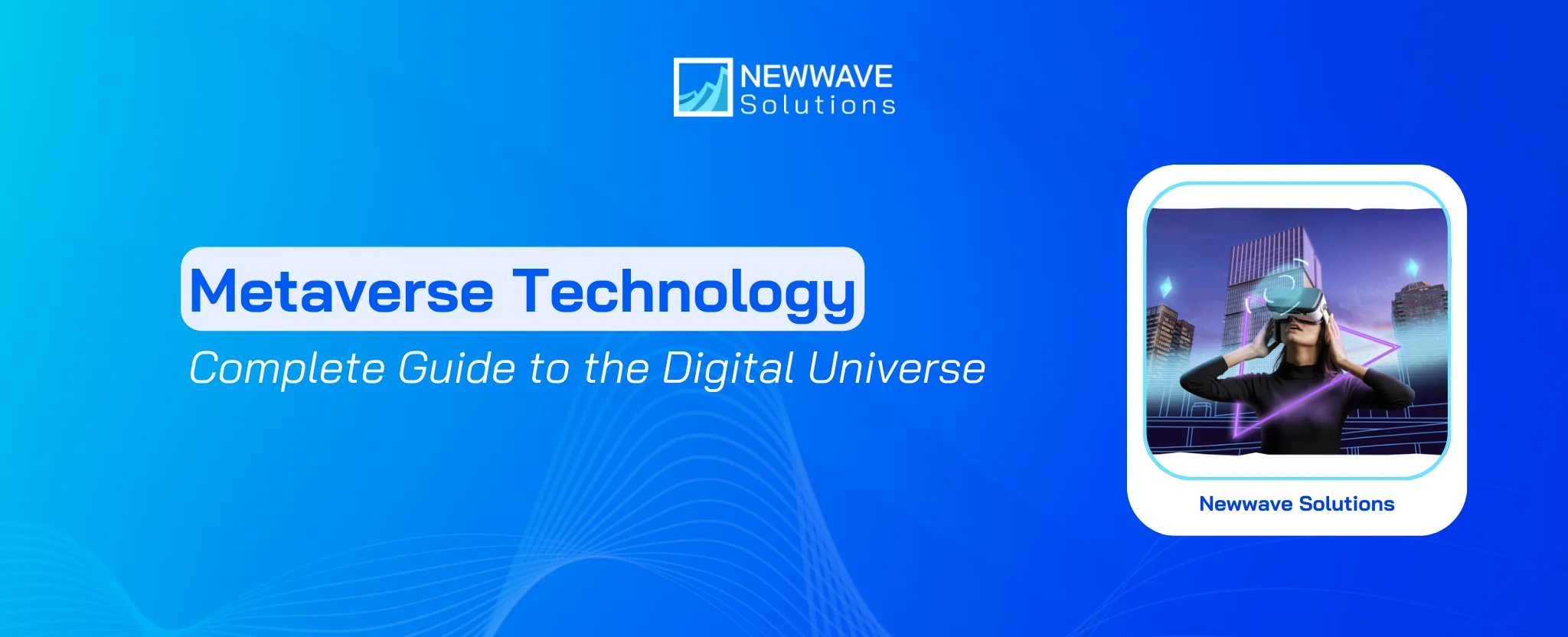
The buzzword “Metaverse” sounds familiar, but do you clearly understand what it is? It will surely be a leap forward in how people interact with each other.
Huge tech companies are betting on the Metaverse, just like Facebook’s group rebranding itself to the new name Meta, or Microsoft aggressively building out into the metaverse. It seems like half the world would focus on the upcoming “Metaverse”. Let’s discover the reasons why the Metaverse is being hyped up in recent years with Newwave Solutions today!
What is the Metaverse and how does it work?
1. What is the Metaverse?
Imagine a virtual world in which people live, work, shop, and interact with others – all from the comfort of their couch in the physical world. This is known as the Metaverse.
Specifically, the Metaverse is a persistent, immersive digital realm where users interact through avatars across virtual spaces blending the physical and online worlds. It serves as the next generation of the internet, offering real-time interaction, digital ownership and interconnected virtual ecosystems.
Example:
Coty launched ‘Coty Campus’, a dedicated metaverse space built in partnership with Spatial, to train its 11,000-strong workforce via avatars, gamified collaboration and virtual onboarding. The platform enables Coty employees across the globe to connect, share files and complete quests in a 3-D environment, and the company uses the data generated to up-skill digital competencies and drive innovation in its brand portfolio.
2. How does Metaverse work?
The Metaverse functions as a synchronized network of 3D-enabled virtual environments powered by technologies like VR/AR, blockchain and cloud-computing, allowing users to enter via avatars, interact with digital assets and participate in shared experiences.
3. What is the Metaverse used for?
Metaverse enables users to build interactive experiences that combine the virtual and real worlds. Additionally, it can be considered a virtual version of the concept or idea of cyberspace. Some of the actions you can perform in the virtual world include:
- Meet and interact with other people
- Express yourself with your own customizable avatars
- Work remotely
- Shop for products
- Attend concerts or social events
- Play VR (virtual reality) games
- Purchase real estate
What Elements Make Up a Metaverse?

The goal of the Metaverse is to create an augmented reality experience that might go beyond physical reality. The Metaverse will surely be a consistent and living experience for all users in real-time. If you are wondering what are some core metaverse components, let’s explore the details below:
- Digital Currency
- Marketplace
- Non-Fungible Tokens (NFTs)
- Gaming
- Social Events
- Online Shopping
- Workplace
- Social Media
- Digital Assets
5 Best Crucial Technologies that Power the Metaverse
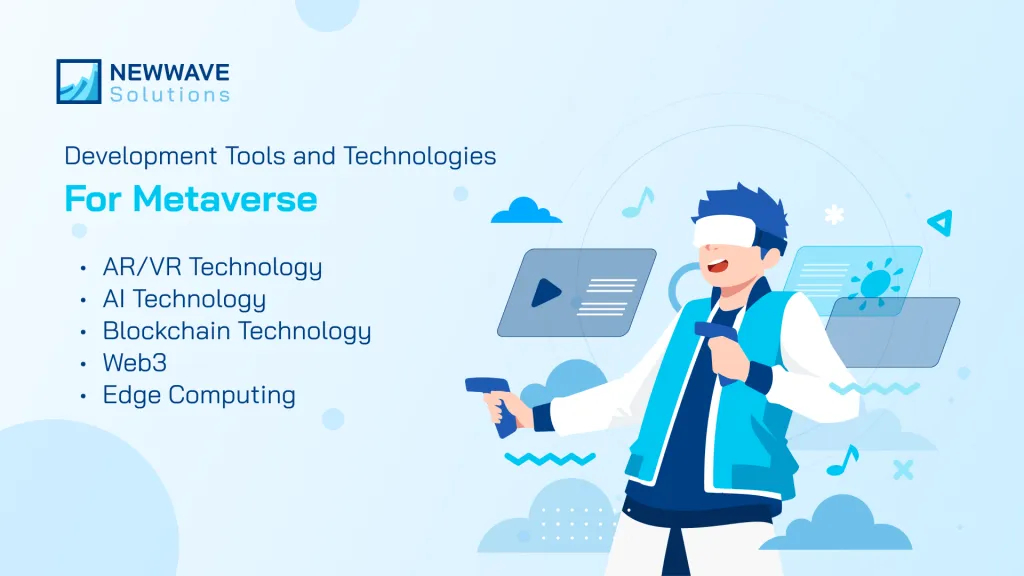
If this technology sounds exciting to you, it may be time for you to think about the Metaverse development. Explore some emerging technologies used to power this process!
1. Virtual Reality & Augmented Reality (VR/AR)
Virtual Reality and Augmented Reality serve as the gateway for users to enter and interact with the Metaverse, overlaying or replacing the physical world through headsets and smart devices. These technologies make digital spaces feel tangible and interactive, allowing users to walk, manipulate objects, and collaborate as though in a real environment. Their impact is profound: as hardware matures and adoption grows, VR/AR will help the Metaverse transition from novelty to daily reality.
2. AI Technology
Artificial Intelligence drives immersive experiences in the Metaverse by enabling realistic avatars, intelligent NPCs, and personalized interactions. It monitors user behaviour, adapts virtual environments in real time, and powers natural-language and computer-vision systems inside virtual worlds. Over the long term, AI ensures the Metaverse scales intelligently while delivering richer engagement and more human-like digital experiences.
3. Blockchain & Cryptography
Blockchain development services provide the foundational infrastructure for digital ownership, asset transfer, and decentralized governance in the Metaverse by making virtual items verifiable, scarce and tradeable. It enables users to own land, NFTs, and virtual assets across platforms while maintaining security and transparency. In the long run, blockchain underpins the economic engine of the Metaverse, shifting value creation into virtual realms.
4. Web3, 3D Modeling, Digital Twins & Spatial Computing
Web3, 3D modeling, digital twins and spatial computing construct the detailed digital environments, objects and physics that users inhabit in the Metaverse. They map real-world locations, vehicles or infrastructure into virtual replicas and simulate realistic lighting, shadows, and collisions for an authentic feel. Their long-term influence lies in bridging the physical and virtual worlds for enterprise applications, such as manufacturing, city planning and remote collaboration.
5. Edge Computing & 5G/6G Networks
Edge computing combined with 5G and upcoming 6G networks delivers the low-latency, high-bandwidth connectivity needed to support real-time, large-scale immersion in the Metaverse. By processing data near the user and reducing round-trip delays, these technologies remove lag in avatar motion, interaction and streaming virtual scenes. Looking ahead, robust edge-network infrastructure ensures the Metaverse can support massive concurrency, millions of users and seamless transitions between virtual worlds.
What are the Development & Implementation Phases for a Metaverse?
In case you do not have experiences with the development or implementation of the Metaverse yet, the below guide can help:
- Step 1: Define business objectives and scope — Establish what your enterprise wants to achieve with the Metaverse (e.g., training, customer engagement or digital twin) and outline the scope of the virtual environment.
- Step 2: Select platforms and key technologies — Choose the infrastructure (VR/AR, blockchain, cloud, edge) and platform architecture that meet your performance, scalability and user-experience needs.
- Step 3: Design content, interactions and environments — Create 3D spaces, avatar mechanics, asset models and interaction logic that support your business purpose and user behaviours.
- Step 4: Develop integrations and deploy MVP development services — Build or integrate with existing systems (CRM, ERP, IoT), then launch a minimal viable version (pilot) of your Metaverse for early users.
- Step 5: Monitor metrics, refine experience and scale — Track user engagement, technical performance and ROI; iterate content and features before scaling to larger user groups or global operations.
4 Common Use Cases of the Metaverse
As Metaverse has been applied in numerous industries and sectors, Newwave Solutions will focus mainly on the 4 most common use cases below:
1. Industrial Metaverse in Manufacturing
The industrial metaverse enables manufacturers to create fully immersive digital twins of factories, supply-chains and production lines that mirror the physical operations in real time. Siemens has deployed digital twin technology in its Berlin Siemensstadt campus to optimise resource usage, streamline processes and accelerate innovation across its industrial ecosystem. The long-term impact is significant: by bridging physical and virtual worlds, companies reduce downtime, enable remote collaboration and unlock new business models for global scale.
2. Metaverse in Healthcare
The metaverse is transforming healthcare by providing virtual clinics, 3D anatomical simulations and remote treatment environments that transcend geographical and physical limitations. Hospitals and medical schools use immersive platforms to improve patient engagement and surgical training—for example VR-based training at Case Western Reserve University allows students to practice surgeries in a risk-free space. The broader consequence is a shift toward more accessible, efficient and personalised healthcare delivered in hybrid physical-virtual settings.
3. Real Estate & Virtual Property
In real estate, the metaverse enables virtual property tours, ownership of digital land and immersive stakeholder engagement that reshape how properties are marketed and managed. Matterport, a spatial-data company, supports real-world real-estate firms by creating detailed 3D virtual models that integrate into metaverse environments for immersive inspection and interaction. Over time this use case portends a future where physical and digital assets converge, enabling new revenue streams and hybrid asset management.
4. Education & Immersive Learning
The metaverse offers next-generation educational environments where students, educators and industry professionals interact in rich 3D spaces for experiential learning. Platforms using VR/AR, like those referenced in healthcare education and professional skills training, show how immersive worlds enable deeper retention and engagement. The result is a transformation of learning models where traditional classrooms evolve into collaborative virtual ecosystems that scale globally.
How Can You Make Money in the Metaverse?
Read on to learn more about some ways to make a profit when applying Metaverse into your business:
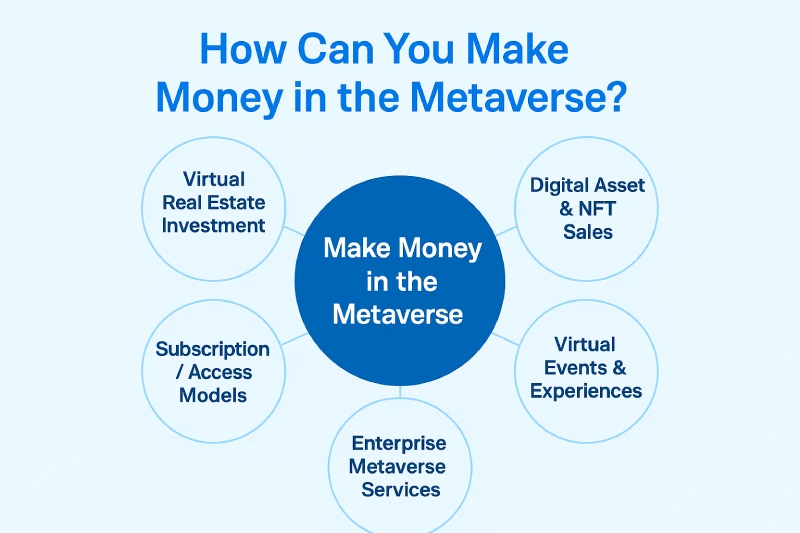
- Virtual Real Estate Investment: Companies or individuals buy and lease digital land or virtual buildings; this model turns location, traffic and development rights into revenue streams.
- Digital Asset & NFT Sales: Creators design and sell avatar wearables, virtual goods or NFTs (using NFT development services) on metaverse platforms; ownership is verified by blockchain and can generate royalties or resale profits.
- Virtual Events & Experiences: Brands host concerts, product launches or immersive conferences inside metaverse spaces; ticket sales, sponsorships and branded interactions generate new business lines.
- Subscription / Access Models: Platforms offer subscription access to premium worlds, tools or content inside the metaverse; recurring revenue is created when users pay for exclusive virtual services.
- Enterprise Metaverse Services: Businesses develop and sell metaverse-based training, collaboration or digital twin solutions to other enterprises; this B2B model unlocks high-value contracts and new service revenue.
>>> How to start? Let’s explore How we work
4 Real-life Examples of the Metaverse
The Metaverse has already been applied across many industries—from retail and education to manufacturing and enterprise services—and numerous global brands are building immersive virtual ecosystems inside their business models. Below are some flagship cases where leading firms have leveraged the Metaverse to transform how they operate and engage:
1. Facebook’s Horizon
Facebook’s VR world, Horizon World, is a digital space that lets you play, explore, and connect with other VR avatars for work, play, learning, and shopping. In addition, Horizon enables you to connect with your community without physically being in the exact location.
You can access the Metaverse on your smartphone, computer, or VR devices that offer complete metaverse immersion.

2. Fortnite
Fortnite proves to be one best metaverse examples. With a loyal subscriber base of over 300 million people and diligent developers, Fortnite creates its Metaverse to allow users to interact without being in the same room for economy and business.
It’s called Epic’s magnum opus for a reason. The Battle Royale games have delivered concerts, comic stories, and even live events packaged into a cinematic entertainment experiment for fans worldwide.
3. Second Life
In the late 2000s, Second Life reigned as one of the largest online platforms where millions of people could gather virtually, explore their community, and create digital content in exchange for in-world currency.
And despite the remnants of pixelated avatars, Second Life still has one of the biggest user bases with the longest-running metaverse experience. Developers are collaborating within the limits of VR technology, expecting it to reach not millions but billions of subscribers.
4. The Sandbox
The Sandbox is a metaverse example that lets users play and build virtual worlds with the option to monetize their experiences, services, and products for sale or trade.
The Sandbox allows users to own non-interchangeable in-game assets such as non-fungible tokens (NFTs) and buy and sell real estate. Sandbox is setting the groundwork for how digital currencies interact in real estate metaverse spaces.

Ethics, Privacy & Security in the Metaverse
- Data ownership issues: Companies must define who owns the avatar, asset or interaction-data generated in the metaverse before monetisation begins.
- Identity and avatar authentication: Without robust identity frameworks, avatars become targets for impersonation, fraud or misuse in virtual spaces.
- Asset security and digital ownership: Digital goods, NFTs and virtual land require cryptographic protection and clear legal frameworks to prevent theft or duplication.
- Privacy of user interactions: Immersive metaverse environments track gesture, gaze, biometric or behavioural data—each layer exposing fresh privacy risks.
- Regulatory and jurisdictional compliance: Virtual worlds that span countries must navigate conflicting laws around data transfer, user rights and platform liability.
5 Main Challenges of Implementing the Metaverse Recently
- Infrastructure limitations: Many enterprises lack the high-bandwidth, low-latency networks needed for large-scale immersive worlds.
Solution: Deploy edge-computing nodes, 5G/6G connectivity and cloud-XR platforms to reduce latency and support growth.
- Device adoption and user readiness: Users may not own VR/AR headsets or feel comfortable in immersive spaces, slowing uptake.
Solution: Start with accessible entry points like smartphone-based AR, lightweight VR and browser-based 3D to build familiarity.
- Business model ambiguity: Companies struggle to define ROI and monetisation strategies in metaverse initiatives.
Solution: Begin with pilot programs, define clear KPIs and monetisation flows (virtual goods, subscriptions, digital twins) before scaling.
- Content and platform interoperability: Virtual worlds often exist in silos with limited asset portability or platform compatibility.
Solution: Adopt open standards, use Web3 and blockchain-based asset models that support cross-platform transfer and reuse.
- Security, privacy and regulatory risk: As earlier noted, virtual worlds face complex legal and data-security challenges.
Solution: Implement robust identity/authentication systems, encrypted asset protocols, and engage legal counsel early on to navigate regional regulation.
Newwave Solutions – A Reliable IT Development Company For Metaverse Implementation
At Newwave Solutions, we provide first-class Metaverse development for different fields, such as gaming, real estate, fintech, healthcare or enterprise solutions. With our experience in software development with emerging technologies like augmented reality, virtual reality, IoT, or blockchain, we will help you build the full Metaverse. Newwave Solutions’ experts can deliver ready components like the NFT marketplace, Metaverse apps, and other digital assets.
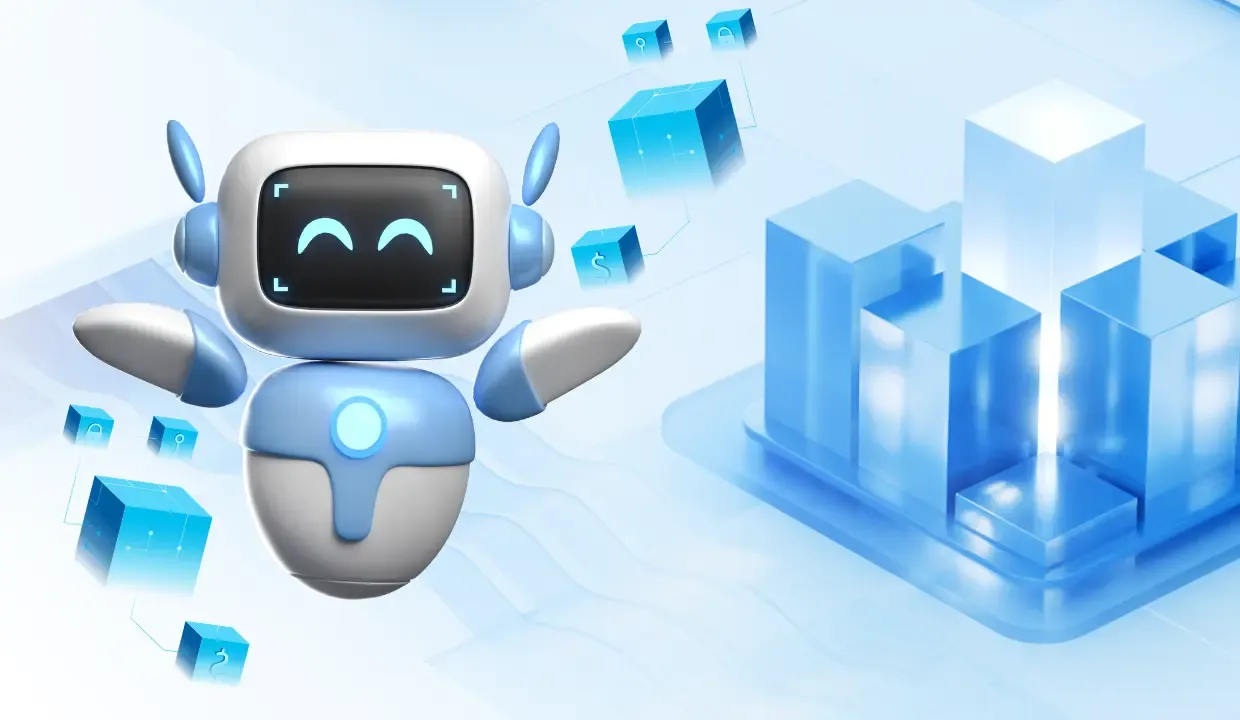
Related post: Newwave Solutions: Best Company to Work With by GoodFirm
Final Thoughts
Many conversations about the Metaverse appear around us today, and it seems like this technology is becoming more mainstream with the significant evolution of augmented and virtual reality. A lot of companies are pouring billions and billions of dollars into the Metaverse development, so now is the time for you to start tapping into the Metaverse and explore its potential.
Do not hesitate to get in touch with us, Newwave Solutions is here to help you reach new heights!
To Quang Duy is the CEO of Newwave Solutions, a leading Vietnamese software company. He is recognized as a standout technology consultant. Connect with him on LinkedIn and Twitter.

Read More Guides
Get stories in your inbox twice a month.
Let’s Connect
Let us know what you need, and out professionals will collaborate with you to find a solution that enables growth.
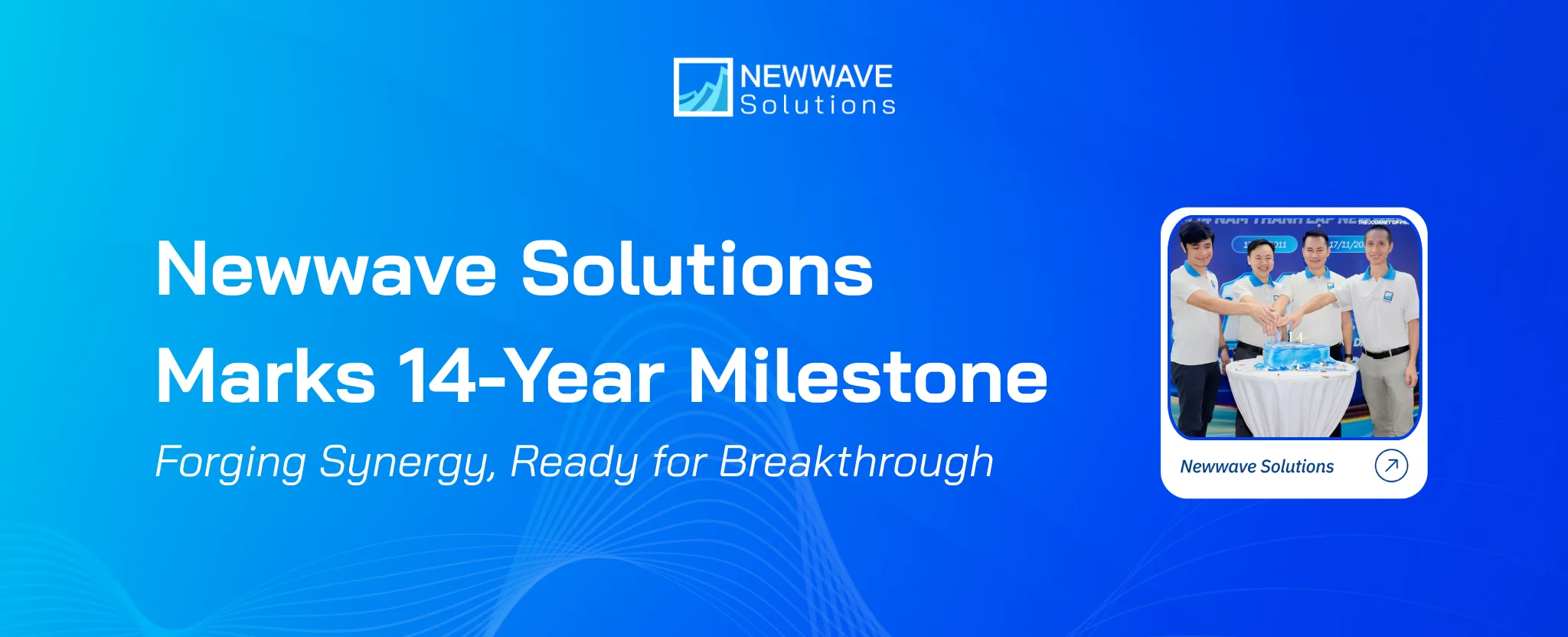
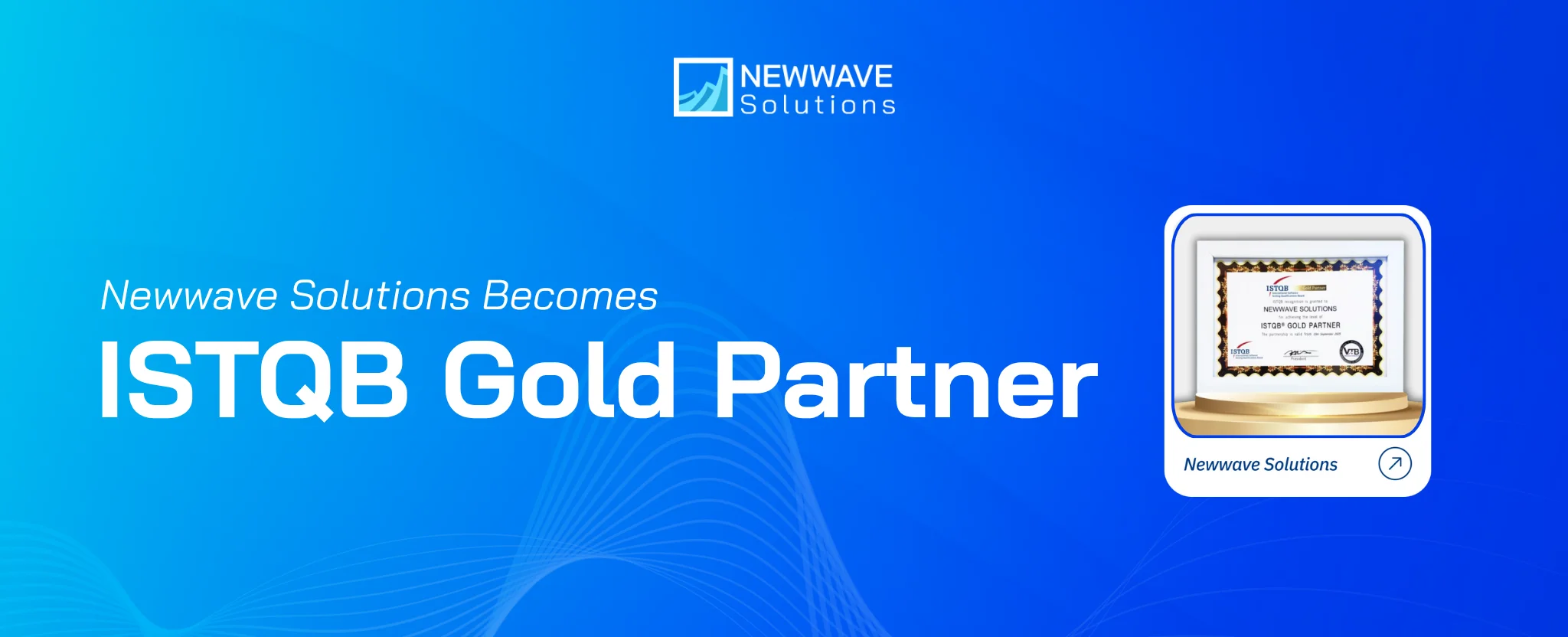
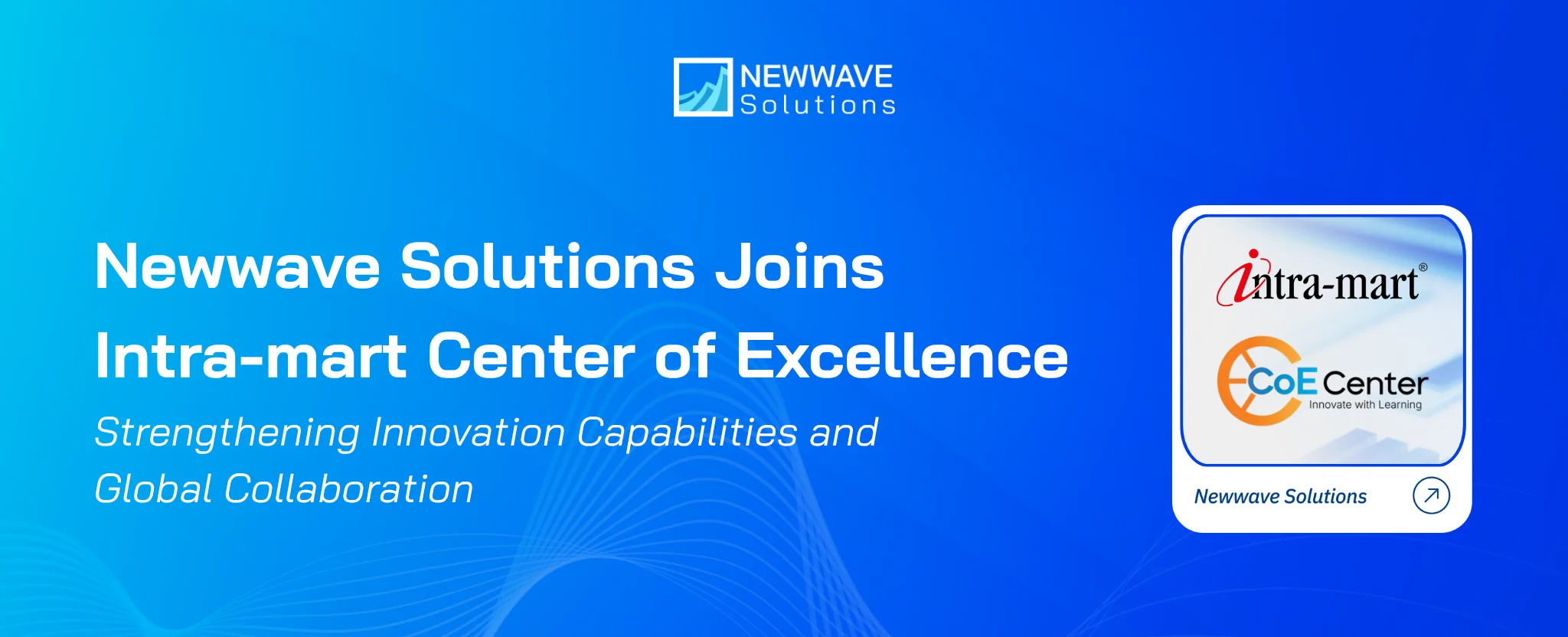
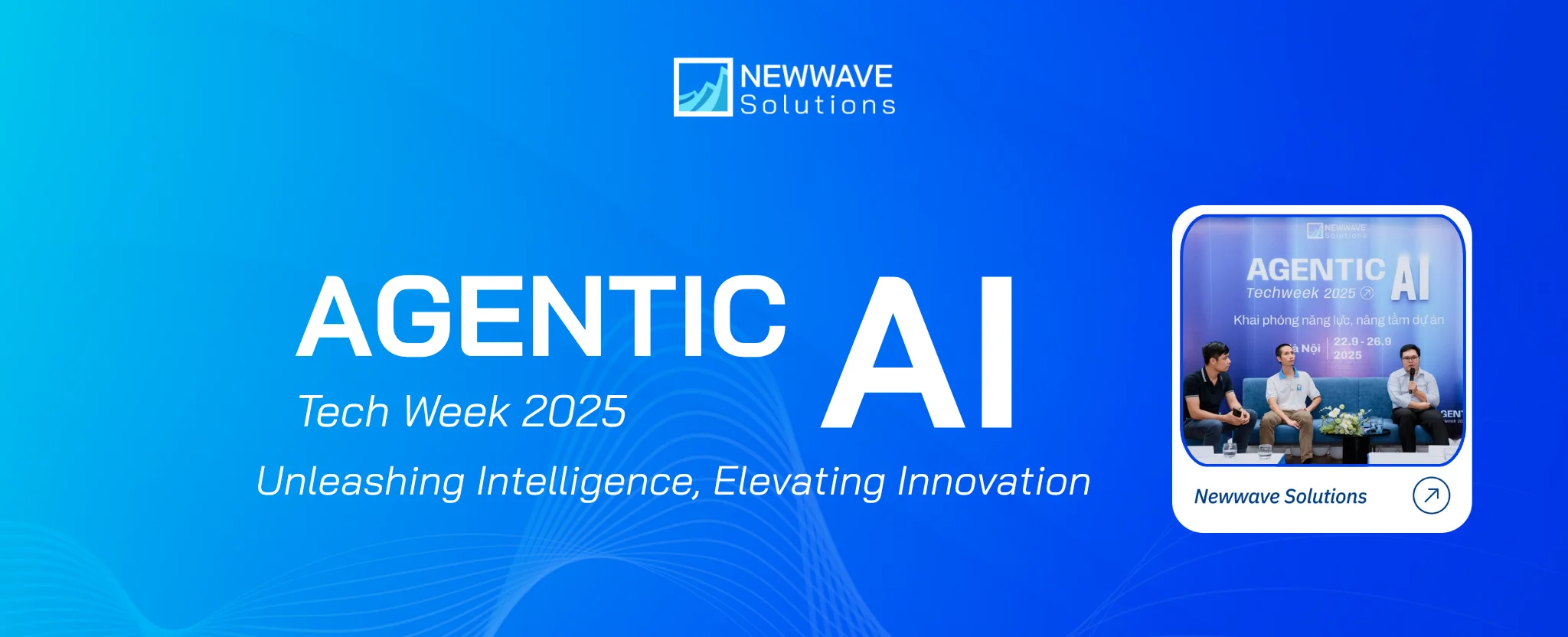
Leave a Reply